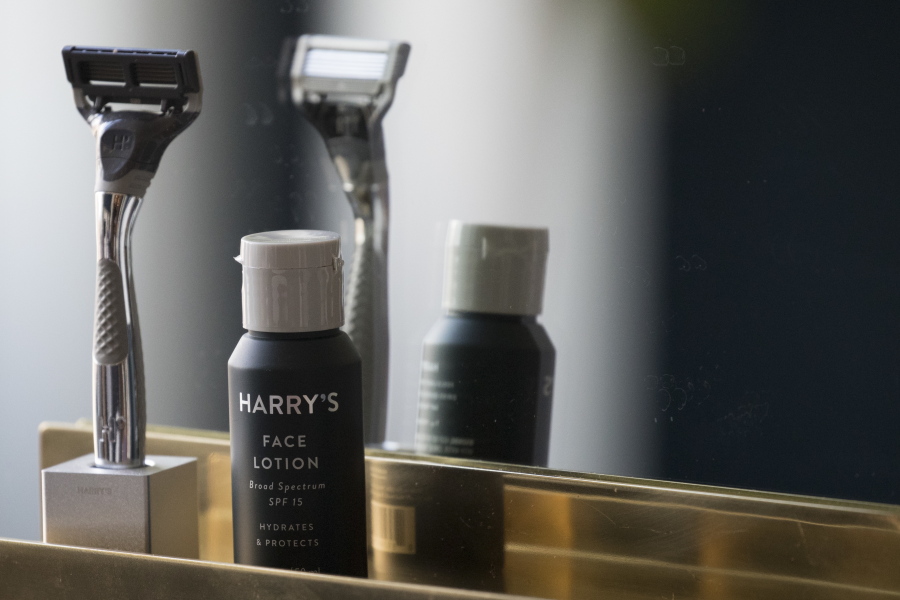NEW YORK — What do you hate shopping for? Toothpaste? Sunscreen? The guys who founded Harry’s shaving club want to know.
The startup, which took on razor giants Gillette and Schick with its direct-to-consumer subscription model, has since expanded into traditional retail and launched a line of body care products. Armed with $112 million in new financing to develop new brands, the company now is investigating what other sleepy products might be ripe for disruption.
“It might be better products, a better experience getting the products or a brand that appeals to who they want to be as people,” said Jeff Raider, who recently took on the role of CEO of Harry’s Labs, overseeing the development of new brands.
There’s a reason why Harry’s investors are betting that reinventing the razor was no flash-in-the-pan idea. Insurgent brands are shaking up the way people buy everything from mattresses to prescription acne remedies, eating into the market share of big consumer product companies and leaving them scrambling to respond.
Eager venture capitalists, digital technology and social media make it easier for anyone with a good idea to enter the consumer goods market, according to a report on insurgent brands by Bain & Company, a management consulting firm. Contract manufacturing, which allows companies to outsource production and defray costs, also has made it simpler.
“The reality is that no category is immune to disruption,” the Bain & Company report said.
Digital newcomers still represent only a fraction of the overall market share, according to the report. But such companies are capturing a disproportionate share of growth in recent years.
Harry’s has captured about 2 percent of the $2.8 billion men’s shaving industry since its launch in 2013, according to Euromonitor market research firm. Its main rival, Dollar Shave Club, has about 8 percent.
It’s been a gut punch to the industry leaders.
Gillette controlled about 70 percent of the U.S. market a decade ago. Last year, its market share dropped to below 50 percent, according to Euromonitor.
No. 2 razor maker Schick has also been squeezed, losing 3.6 percent in net North America razor sales in the most recent quarter.
Both major brands now offer subscription services on their own direct-to-consumer sites, which they are leveraging to promote their lower-end razors while also showcasing their edge in technological innovation.
“Our blades are known for their long-lasting quality, which means you need less cartridges per year as compared to the other shave clubs in the market,” said Stephanie Lynn, vice president of Global eCommerce for Edgewell, Schick’s parent company.
Pankaj Bhalla, brand director of Gillette North America, said increasing its online sales is a “key part of our strategy.” He offers a reality check for the shave clubs: While Gillette might be new to the direct-to-consumer game, the brand says it has 70 percent of the market share on online retailers like Amazon and Jet.com.
But critics say both incumbents were slow to respond to the new competition.
“Initially, the biggest players underestimated the potential of these brands, and when they reacted either by dropping prices or by launching their own subscription models, the damage was done,” said Fatima Linares, beauty and fashion research manager at Euromonitor International.
Harry’s says it now has 6 million customers in the U.S. and Canada. It says business has grown 70 percent year-over-year, though it does not release sales figures.
For Harry’s and Dollar Shave Club, simplicity is key. Harry’s sells one five-blade razor with a choice of two different types of handles, priced at about $2 per cartridge under their subscription plan. Dollar Shave Club offers a 4-blade and a 6-blade razor, with the cheaper one priced at $1.50 per cartridge.



